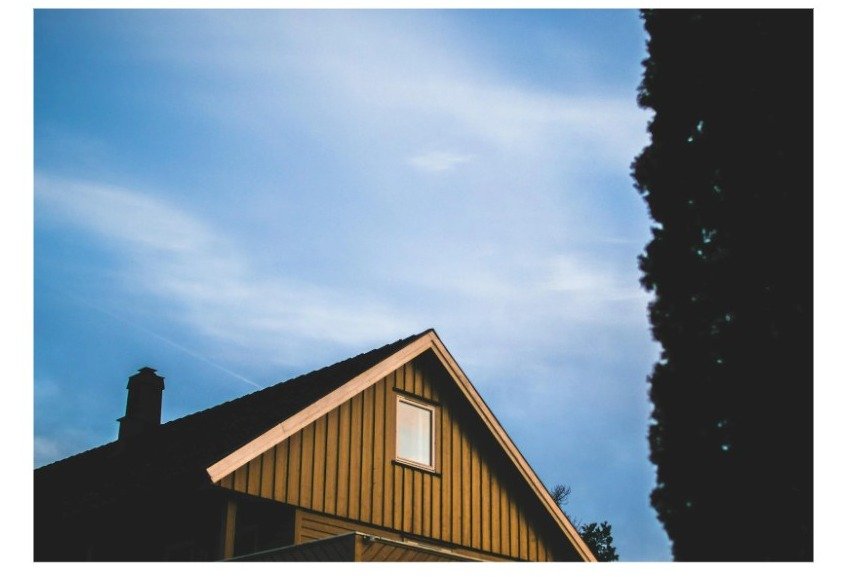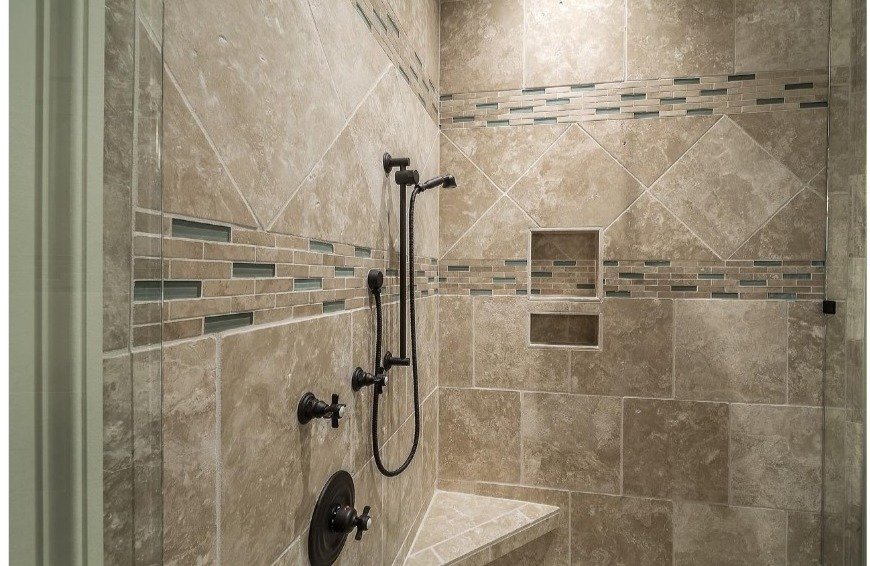How to Know When to Replace Your Roof Tiles
Your roof is one of the most important parts of your home, protecting it from the elements and ensuring your living space remains safe and dry. Over time, however, roof tiles can wear down, crack, or become damaged, leading to issues that can compromise the integrity of your home. Knowing when to replace your roof tiles is crucial for avoiding costly repairs and ensuring the longevity of your roof. Below are key factors to help you determine when it's time for a roof tile replacement.
Identifying Visible Damage
One of the most straightforward ways to know when to replace your roof tiles is by inspecting them for visible damage. Regularly checking your roof, especially after severe weather events, can help you spot issues before they escalate into bigger problems. Look for cracked, broken, or missing tiles, as these are clear indicators that your roof’s protective layer is compromised. Additionally, tiles that appear to be curling or buckling are also warning signs that they are no longer functioning properly.
In some cases, you might notice more subtle, but still significant, damage. For example, a buildup of moss or algae on your roof may not seem harmful at first, but it can trap moisture, leading to the degradation of the tiles over time. Discoloration or staining can also be signs that water is seeping into the tiles, which can cause them to weaken and eventually crack.
Spotting Obvious Signs of Deterioration
Beyond cracks and missing tiles, there are several less obvious but equally important signs that your roof may be deteriorating. The other obvious signs to look for that indicate it's time to replace your roof tiles are for example noticing leaks or water stains inside your home, particularly on the ceilings or in the attic. These leaks can result from damaged tiles allowing water to penetrate your roof’s surface. Left untreated, this can lead to mold growth, structural damage, and costly repairs.
Another clear sign is the presence of granules in your gutters. Roof tiles, especially asphalt shingles, are coated with granules that help protect them from the sun and other environmental factors. If you find excessive granules in your gutters or around your property, this indicates that the tiles are deteriorating and may need to be replaced soon. In more advanced cases, you might also see sagging or uneven sections on your roof, which could mean that the underlying structure is compromised due to long-term tile damage.
Understanding the Age of Your Roof
The age of your roof plays a significant role in determining whether or not you need to replace the tiles. Most roof tiles have a lifespan of 20 to 30 years, depending on the material and the climate conditions they are exposed to. If your roof is nearing or past this age range, it’s a good idea to consider a replacement, even if you don’t see any immediate signs of damage.
Older roofs are more susceptible to damage from weather events and general wear and tear, and it’s likely that even minor issues could lead to more significant problems. If you’re unsure about the age of your roof or its condition, scheduling a professional inspection can provide you with valuable insight into its overall health and whether replacement is necessary.
Checking for Structural Issues
While the condition of your roof tiles is important, it’s equally vital to check the overall structure of your roof. If you notice any sagging or unevenness in your roofline, this could indicate underlying structural problems that need to be addressed. Over time, damaged tiles can allow water to seep into the wooden framework of the roof, leading to rot and weakening the roof’s foundation.
In addition to visual inspection, you might notice unusual creaking noises in your home during windy or rainy conditions. This could be a sign that the roof structure is shifting or that certain areas are no longer properly supported. If you suspect structural issues, it’s important to consult a professional as soon as possible, as these problems can lead to serious damage if left untreated.
The Impact of Weather on Roof Tiles
Weather conditions can take a significant toll on your roof tiles, especially in areas prone to extreme heat, heavy rainfall, or strong winds. Over time, tiles can become worn down by constant exposure to the elements, which weakens their protective properties. For instance, in colder climates, tiles can become brittle from freezing and thawing cycles, making them more likely to crack.
In regions with high humidity, moisture can seep into the tiles, promoting the growth of mold, algae, or moss. Regular exposure to harsh sunlight can also cause tiles to fade or become brittle. If you live in an area with particularly harsh weather conditions, it’s essential to monitor the condition of your roof tiles more frequently and be prepared for potential replacements sooner than the average lifespan of 20 to 30 years.
Scheduling Regular Roof Inspections
One of the best ways to stay ahead of potential roof tile issues is by scheduling regular inspections with a roofing professional. A thorough inspection will help identify problems that may not be visible to the untrained eye, such as hidden leaks or underlying structural issues. Professionals can also provide recommendations for repairs or replacements based on the current state of your roof.
Regular maintenance and inspections will not only extend the life of your roof but also give you peace of mind knowing that your home is protected from potential damage. It’s a proactive approach that can save you from costly repairs or emergency replacements down the line.
Keeping a close eye on your roof tiles is essential for maintaining the safety and value of your home. By understanding the signs of damage, considering the age of your roof, and scheduling regular inspections, you can ensure that your roof remains in good condition and provides the protection your home needs.





